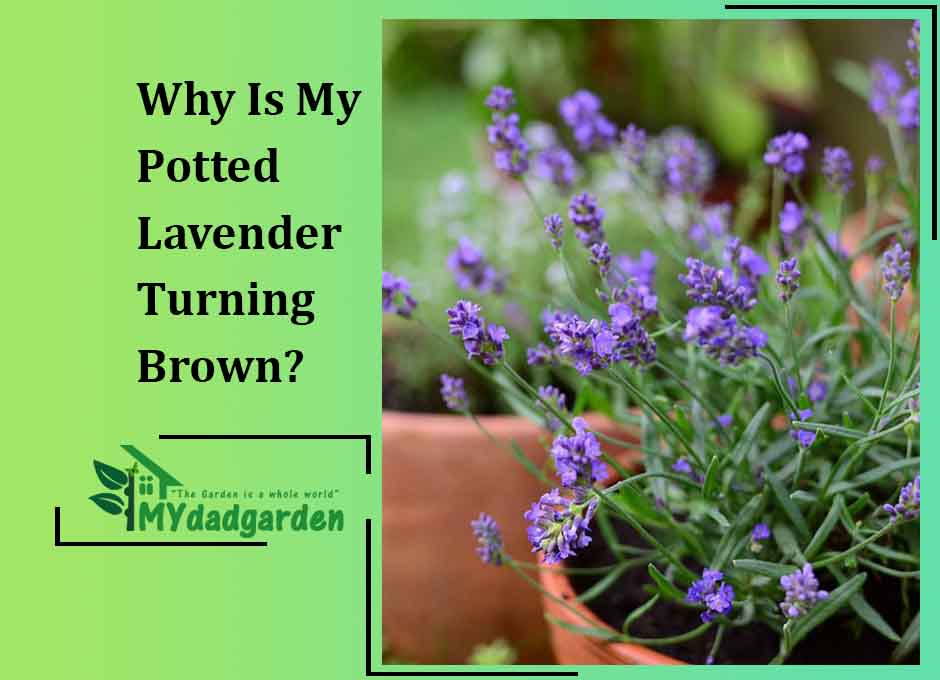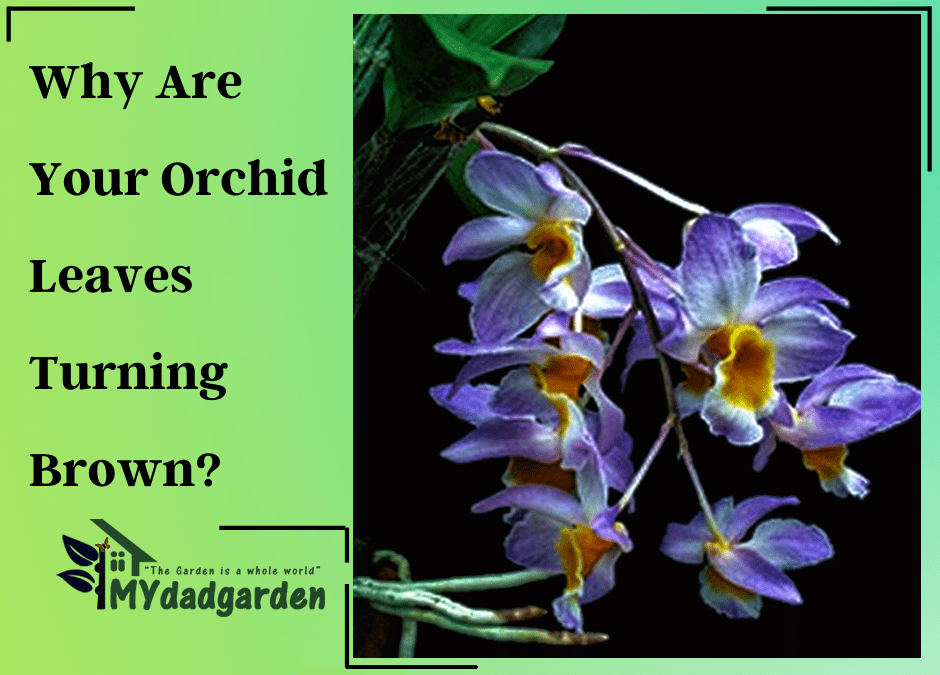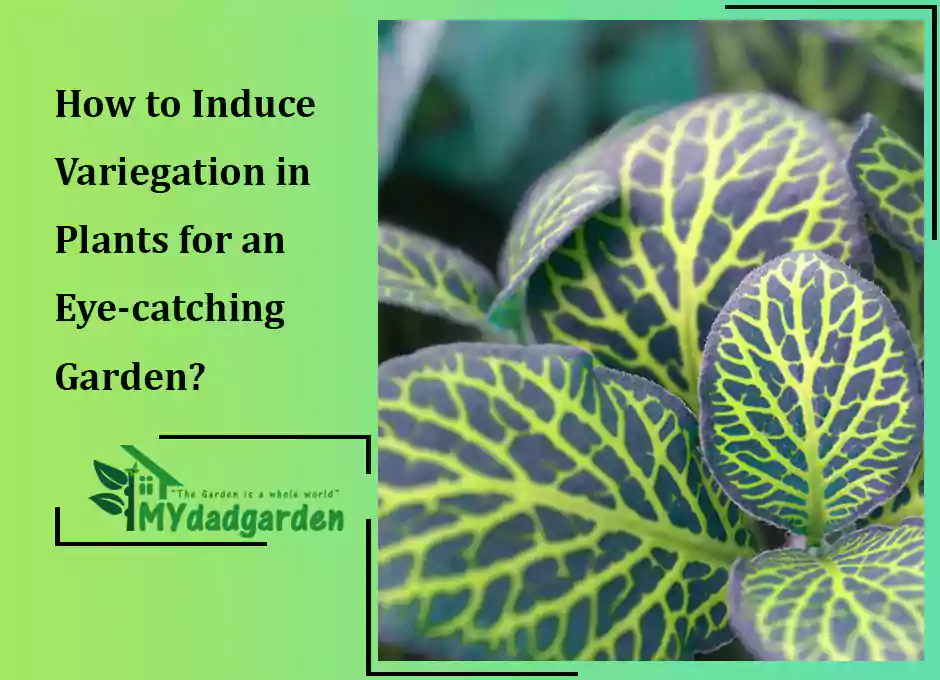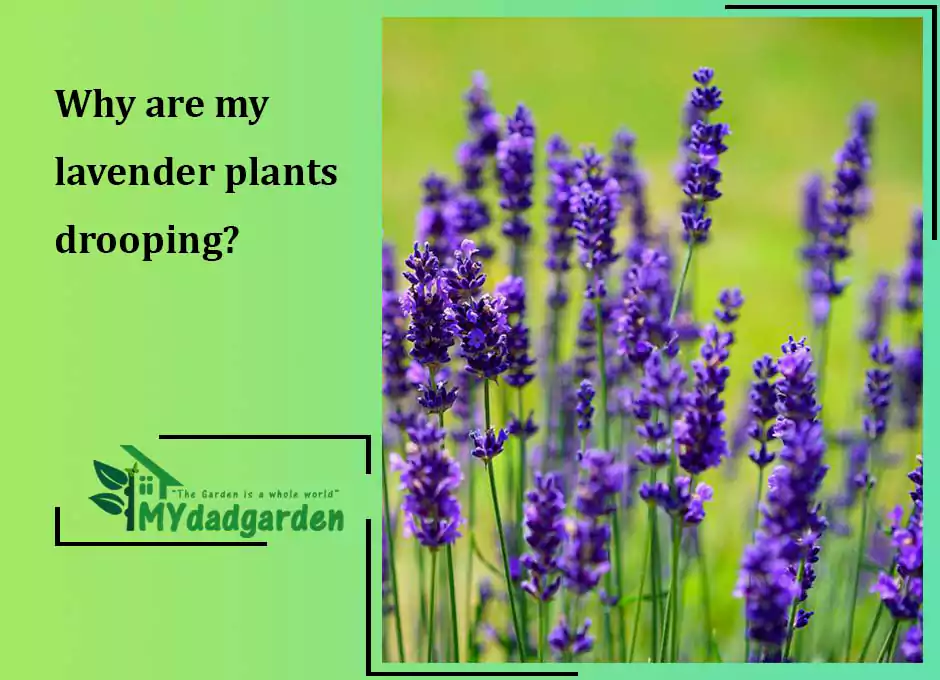Bulbophyllum Medusae – How To Grow And Care
Table of Contents
Medusa orchid bulbophyllum medusae
Known as Medusa in the Orchid family, Bulbophyllum Medusae is a plant you must give a try. Since most of the climatic factors can be considered as average conditions, you may plant this ornamental plant in the garden for a trial. Although it is a typical plant in South West Asia, you will have to provide extra care for adapting these plants to your European or US soil.
Family
Plant families come with a huge variety when beautifying matters. When it comes to the Family Orchid, it has been the number one priority of several gardeners. Bulbophyllum Medusae is such a member of the family whom you may find is embracing with its features.
- Classification of Bulbophyllum Medusae
- Family: Orchidaceae
- Subfamily: Epidendroideae
- Genus: Bulbophyllum
Bulbophyllum Medusae are epiphytic plants similar to the usual members of the family. Their foliage is made single and having an evergreen appearance. Plants are producing flowers, an appearance of a thread. The wool-like flower has been one of the most attractive features to be found in the orchid family.
The reason behind its name, Medusa, is its flower which produces a thread at the beginning and hundreds of wools around the head. The Greek mythological creature medusa’s snake-like hairy appearance is not only the reason, but the flower’s awesome attraction is such a reason to get its name for sure. Although the features of Bulbophyllum Medusae are almost going in favor of an indoor plant, the odor is not at its best. Some house owners find Bulbophyllum Medusae’s flower’s odor to be a bit stressful. However, this guide will let you have your own decision after a successful planting.
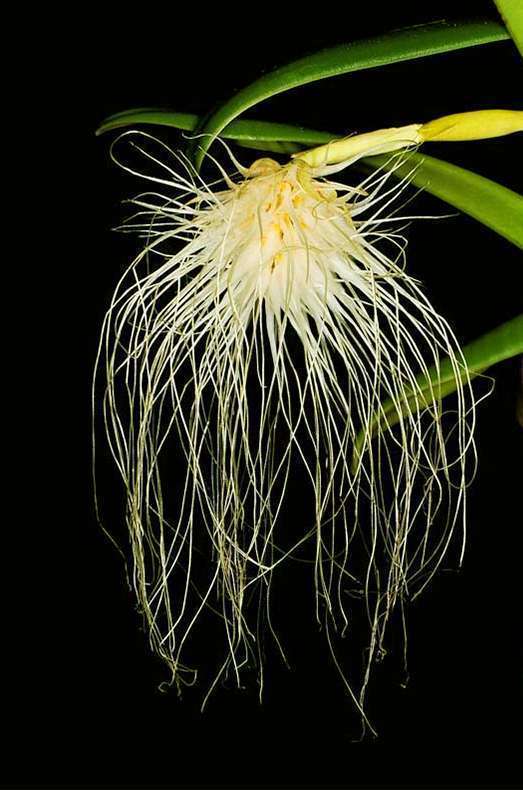
Where to Plant
Although Bulbophyllum Medusae can be found in all parts of the world, its true origin might help you to know the plant’s requirement as basics. Bulbophyllum Medusae is mainly available in Malaysia, Thailand, China, and Sumatra islands. Some proof has been found that Sumatra is the first to discover Bulbophyllum Medusae on the records as well.
When it comes to the elevation, Bulbophyllum Medusae is available until 400m up the sea level. Trunks and branches of the trees are the optimum places to be planted, Bulbophyllum Medusae. Autumn and Winter are the flowering seasons of the year, which means you can get the flowers for commercial cultivation as you know the capabilities. Although foul-smelling is a negative fact, the flowers can be used for decorations and special monuments.
Light is a need
As Orchid plants need a regular light frequency, it is a common thing for Bulbophyllum Medusae as well. The plants need approximately 15000-17000 lux light levels. The light intensity the plants receive is a major requirement for these plants’ reproduction. If you can provide a higher light intensity to the plants, the rhizome development will be quicker as well. That will be necessary to take new plants as well as confirm the plant’s growth as well.
Temperature
As an expectation of Orchid, you might already know that orchid plants need temperature along with the light. When it comes to Bulbophyllum Medusae, that value will be a bit high.
Plants require 24-26°C (75-79°F) temperature during the daytime and 21°C (66-70°F) in the night. Although the values may differ according to the season, you should manage the temperature as an average.
Humidity
It is a concern of the grower according to two different conditions of the Bulbophyllum Medusae. If you have provided an amount on another plant, you will have to provide the moisture up to 80-90%. Since the water requirement is higher than the pots, you will have to follow special procedures to maintain the soil Rh as well. To do so, the addition of coir can be practiced. If you maintain Bulbophyllum Medusae plants in pots, you will not need to provide extra humidity.
Fertilization
These plants need fertilization, similar to other Orchid plants. It will be enough if you fertilize the plants within 2,3 watering intervals. Also, it is important to remember that there are special fertilizers in the market known as Liquid Orchid Fertilizer, which you can apply directly to the plants.
Special Note
You will not have to take extra effort to get the flowers as it requires a slight change in the temperature. If the plant gets a 2-3C temperature difference in autumn and winter, the flowering will happen. But, if the light doesn’t reach the plants properly, you will have to expose the Bulbophyllum Medusae to direct sunlight to stimulate the flowering.
Previous Article: Pea Cultivation : How to grow peas


